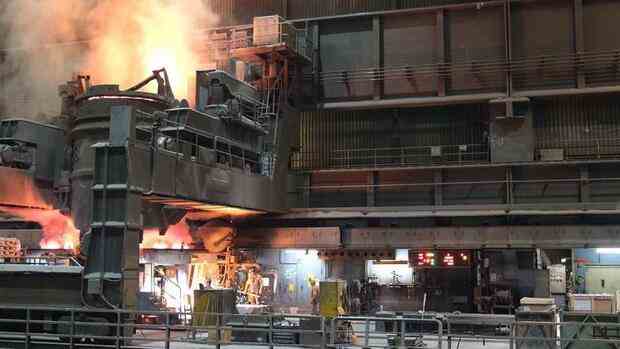Berlin Around 20 minutes by car west of Saarbrücken, it’s steaming, fuming and smoking. The groan of heavy machinery fills the air, the soundtrack of hard work for generations. Huge pipes, chimneys and boilers have a thin layer of rust. Every window, every ledge, every railing is covered in black dust.
The Dillinger Hütte is one of the most important industrial locations in Germany. Five million tons of steel are produced each year in Europe’s largest heavy plate mill. Steel that is urgently needed. For rails, for wind turbines, for housing. Without steel, according to the simple equation, there is no progress.
But steel is a dirty business. “With every ton we emit two tons of CO2,” says Andreas Schneider. If you add this up, Dillinger Hütte alone is responsible for more than one percent of the total annual German emissions. “We already work in the most environmentally friendly way in the world.”
Biggest upheaval in history
Read on now
Get access to this and every other article in the
Web and in our app free of charge for 4 weeks.
Further
Read on now
Get access to this and every other article in the
Web and in our app — 4 weeks for €1.
Further
